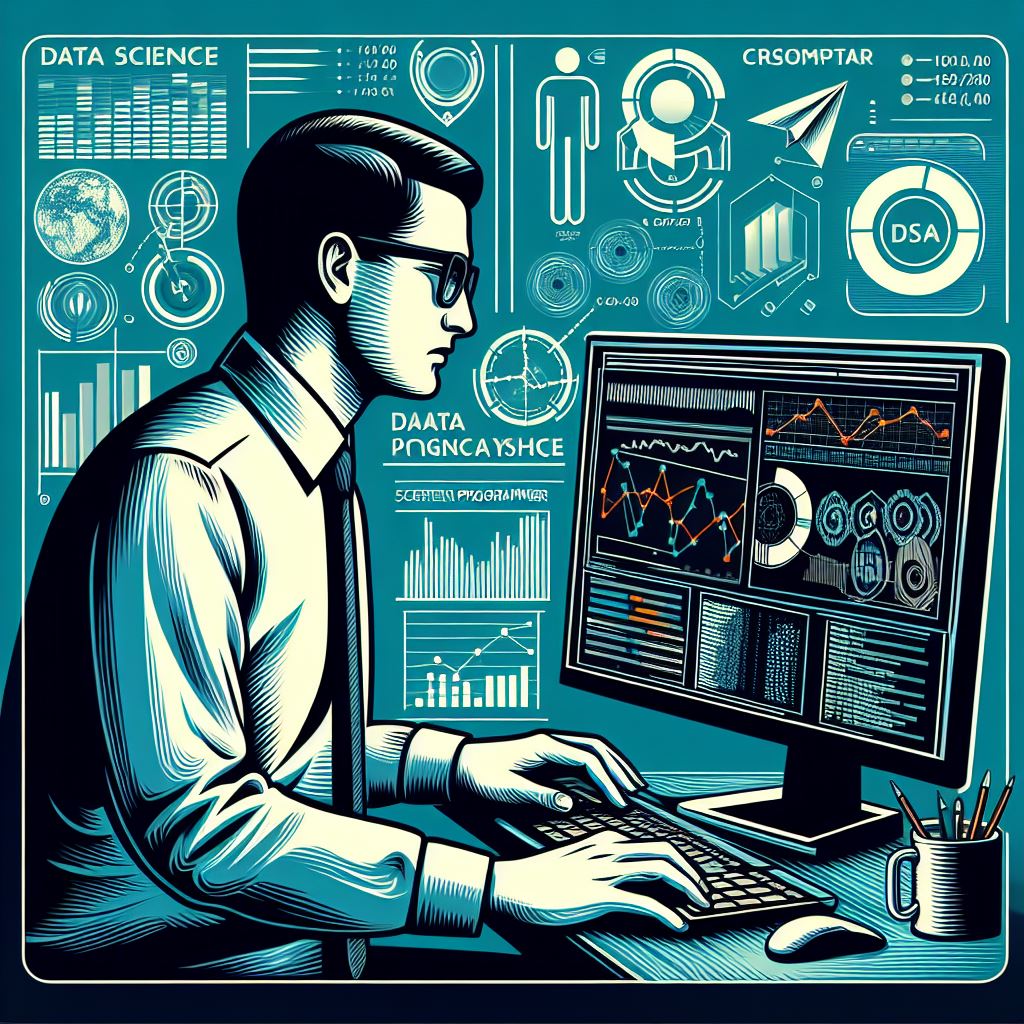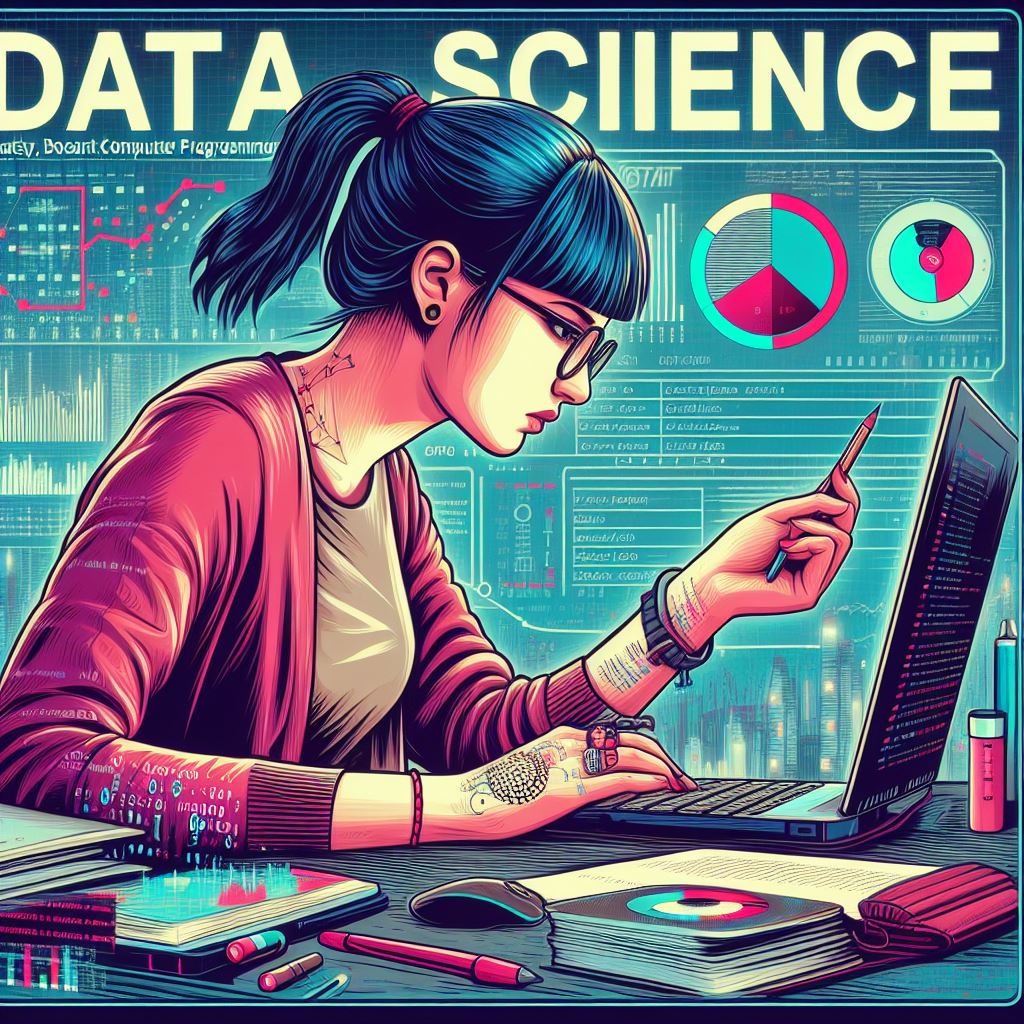Transfer learning is an advanced technique in machine learning that leverages the knowledge gained from solving one problem to solve a different but related problem. This powerful concept allows models to improve learning efficiency and performance, especially when limited data is available for the new task. In this article, we’ll explore the fundamental concepts of transfer learning, its applications, and how it is transforming various industries.
What is Transfer Learning?
Transfer learning is inspired by the human ability to transfer knowledge gained from one task to another. In machine learning, this involves taking a pre-trained model—trained on a large dataset for a specific task—and fine-tuning it for a new, often related task. This process can dramatically reduce training time and computational resources while improving performance on the new task.
How Does Transfer Learning Work?
In traditional machine learning, models are trained from scratch on the task-specific dataset. However, training models from scratch requires vast amounts of data and computational power. Transfer learning solves this by utilizing pre-trained models. The key steps involve:
Pre-training: A model is first trained on a large dataset, such as ImageNet, which contains millions of labeled images.
Fine-tuning: The model is then adapted to a new, smaller dataset related to the task at hand. The pre-trained weights serve as a starting point, allowing the model to learn faster and generalize better.
Why Use Transfer Learning?
Improved Performance with Limited Data: Transfer learning is particularly useful when there is a scarcity of labeled data for the new task. By transferring knowledge from a well-established model, the learning process becomes faster and more accurate.
Reduced Training Time: Fine-tuning a pre-trained model is significantly faster than training a model from scratch. It saves both time and computational resources.
Avoiding Overfitting: Since the model starts with learned features from a large dataset, it has a better capacity to generalize, reducing the risk of overfitting, which is common in models trained on small datasets.
Versatility Across Domains: Transfer learning is not limited to one type of data or domain. It has been successfully applied to image classification, natural language processing, speech recognition, and even reinforcement learning.
Applications of Transfer Learning
Transfer learning has found widespread applications across various industries. Some notable examples include:
Computer Vision: In the field of image classification and object detection, transfer learning has been used to build models that can recognize new objects by fine-tuning models pre-trained on large image datasets. For example, models trained on ImageNet can be adapted to medical image analysis, recognizing diseases in X-rays or MRI scans.
Natural Language Processing (NLP): Transfer learning has revolutionized NLP, particularly through models like BERT and GPT. These models are pre-trained on massive text corpora and can be fine-tuned for specific tasks such as sentiment analysis, text summarization, or machine translation.
Healthcare: In healthcare, transfer learning can be applied to analyze medical images or predict patient outcomes, even with limited labeled data. Pre-trained models can be fine-tuned for specific medical conditions, leading to faster diagnosis and more accurate predictions.
Autonomous Vehicles: Transfer learning aids autonomous vehicles in adapting to new environments by leveraging pre-trained models that have learned general driving patterns from large datasets. These models can then be fine-tuned to specific environments or road conditions.
Speech Recognition: Speech recognition systems benefit from transfer learning by using models trained on large voice datasets. Fine-tuning can make the model better at recognizing specific accents, languages, or voice commands for different applications.
Challenges and Considerations
While transfer learning offers numerous advantages, there are also some challenges:
Domain Mismatch: If the source and target tasks are too different, transfer learning might not work effectively.
Overfitting: Fine-tuning too much on the smaller dataset can lead to overfitting. It’s essential to strike the right balance between pre-trained knowledge and new data.
Conclusion
Transfer learning is a transformative approach that has reshaped machine learning applications, enabling faster, more efficient model development. By building on existing models, businesses and researchers can save time and resources while enhancing performance on new tasks. As this field continues to grow, the potential applications for transfer learning in various industries are limitless.



